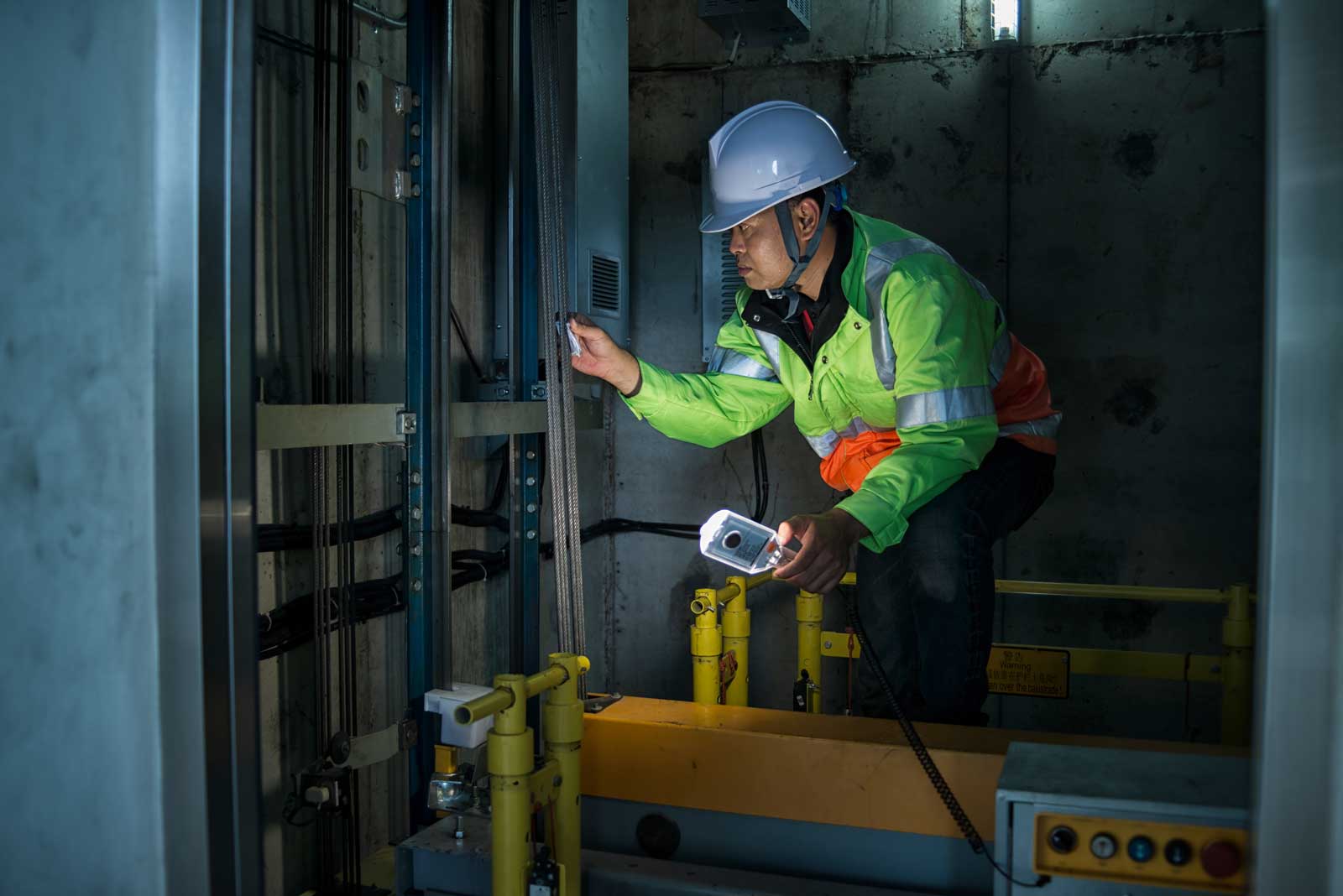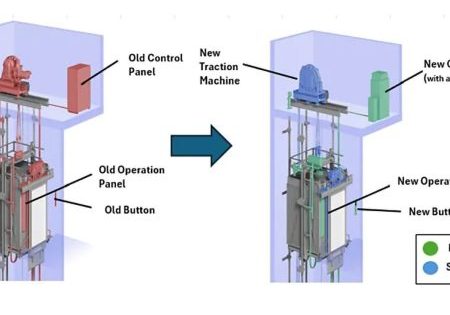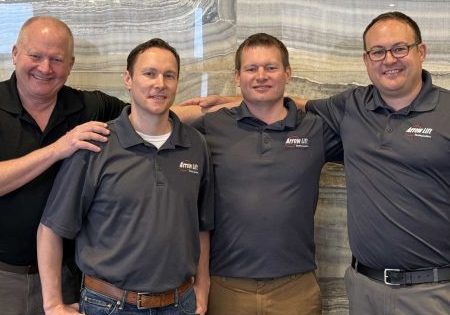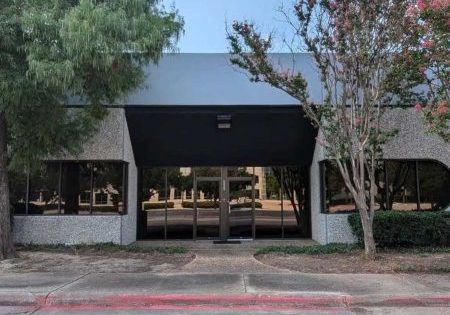A guide to succession planning for field technicians
by Dot Mynahan
There is no denying it – the skilled trades workforce is aging. Statistics vary, but most research identifies the average age of the skilled trades workforce at over 50 years old. Succession planning is critical as many veteran field technicians near retirement. In the elevator industry, this is especially troublesome because it can take seven-10 years of work experience to develop into a strong elevator mechanic. If organizations don’t have quality backups ready to replace retiring veteran technicians, the consequences could be dire: longer equipment downtime, costly delays in projects and an increase in safety incidents.
The benefits of succession planning include operational continuity, improved customer service, workforce stability and knowledge retention. A structured succession plan captures the expertise of experienced technicians and ensures critical know-how is transferred to other technicians through mentoring, cross-training and documentation. Effective succession planning also keeps maintenance workflows on track even as personnel change. Prepared successors help avoid operational interruptions and ensure continuity in service delivery. Plus, a culture of succession planning contributes to a more stable and motivated workforce as technicians see there are growth opportunities because management is investing in their future, which boosts engagement and retention.
Succession planning has its challenges. Attracting new talent into the skilled trades grows more challenging every year. National Elevator Industry, Inc. (NEII) and its member companies recognize the importance of filling the talent pipeline with highly skilled candidates and are leveraging key opportunities with organizations such as SkillsUSA to address this issue. NEII and the National Elevator Industry Education Program (NEIEP) are attending SkillsUSA’s local and national championships to recruit highly skilled students into the elevator trade. Having an on-site presence at these events provides critical opportunities for industry representatives to help students understand how their skills transfer into the elevator industry often seamlessly.
To overcome these challenges, elevator companies should follow these steps to create and successfully implement a succession plan:
Establish Mentorship Programs
A structured mentorship program enables experienced technicians to pass down their troubleshooting tricks, safety insights and equipment history to the next generation. This can be done through formal coach–apprentice pairings or informal job shadowing arrangements. The goal is to create a hands-on learning channel where senior technicians guide early career field employees in real work scenarios over time. Such mentorship greatly accelerates skills development and captures institutional knowledge for the future.
Develop Training and Knowledge Transfer Systems
An effective succession plan invests in continuous training to upskill employees and prepare them for increased responsibilities. This starts with identifying the critical roles on a field team and the competencies needed for each. From there, elevator companies design training programs that build those skills into high-potential technicians. A multi-faceted approach works best – combining formal technical courses with practical cross-training, which encompasses rotating technicians through different jobs or equipment so they broaden their expertise and skill set.
Invest in Leadership Development
Succession planning also involves preparing future leaders, supervisors and managers from within the organization. Field technicians who show potential need to be given opportunities to develop leadership and decision-making abilities, such as leading a project, training newer hires or taking on a safety champion role. Workshops on communication, problem-solving and project management can help seasoned technicians successfully transition into leadership roles when the time comes. It’s also important to teach future leaders how to navigate the administrative side of field maintenance, including planning budgets, evaluating performance or implementing new technologies.
Plan Proactively and Continuously
Succession planning should be ongoing as industry best practices and succession planning updates change. Elevator field technician leaders should periodically assess their workforce profile to have a firm grasp on when the next wave of retirements could hit. It is also beneficial to perform skills gap analyses to pinpoint areas where current staff need development to meet future needs. Communication and transparency are also key as staff should be informed that succession planning is happening for opportunity and continuity purposes, and not for replacing anyone prematurely. Succession planning should also be in sync with a company’s overall business strategy as there may be plans to expand services or enter new markets, factors that may help drive the type of technicians needed.
Succession planning for field technicians is a necessity for elevator companies that want to thrive in the long run. By focusing on knowledge retention, operational continuity and workforce development, companies can navigate the challenges of an aging workforce and a tight labor market. And by treating succession planning as a strategic, long-term initiative, elevator companies can maintain a strong workforce with minimal disruptions.
Succession Planning Checklist
Get more of Elevator World. Sign up for our free e-newsletter.










